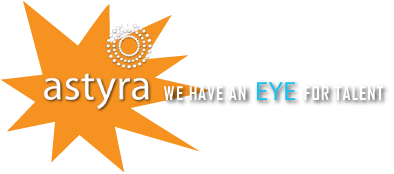It’s 2019 and hiring trends are always shifting. What may have been the norm 15 years ago may not be today, and in order to keep your workforce productive and diverse, some changes have to be made.
As sad as it may sound, many employers aren’t comfortable having a conversation about hiring disabled/differently-abled individuals. There may be plenty that aren’t intentionally discriminatory but unconscious or otherwise, a bias remains and is greatly prevalent.
As of July 2018, according to BuiltIn.com (via statistics provided by Accenture.com), “less than a third of Americans with disabilities between 16 and 64 are in the workforce.” By comparison, BuiltIn cites that 75% of individuals without disabilities are currently working.
Part of that study predicted that if only 1% more people with disabilities were employed, the GDP could potentially witness a $25B increase.
To lift an excerpt from the article, “Accenture Research conducted a study that measured 140 US companies by financial performance in terms of profitability and value creation. Of the companies analyzed, 45 identified as “Champions” or leaders in disability employment and inclusion, and they saw a major lift in profitability and performance. Over four years, these companies saw an average of 28% higher revenue, doubled their net income and enjoyed 30% higher economic profit margins.”
One of the largest benefits of his practice, aside from inclusivity and potentially increased profit, is perspective. Our differences are what make the world go ‘round, and everyone deserves a fair opportunity to earn a wage and put food on their table.
Share this post:






What’s on your mind?